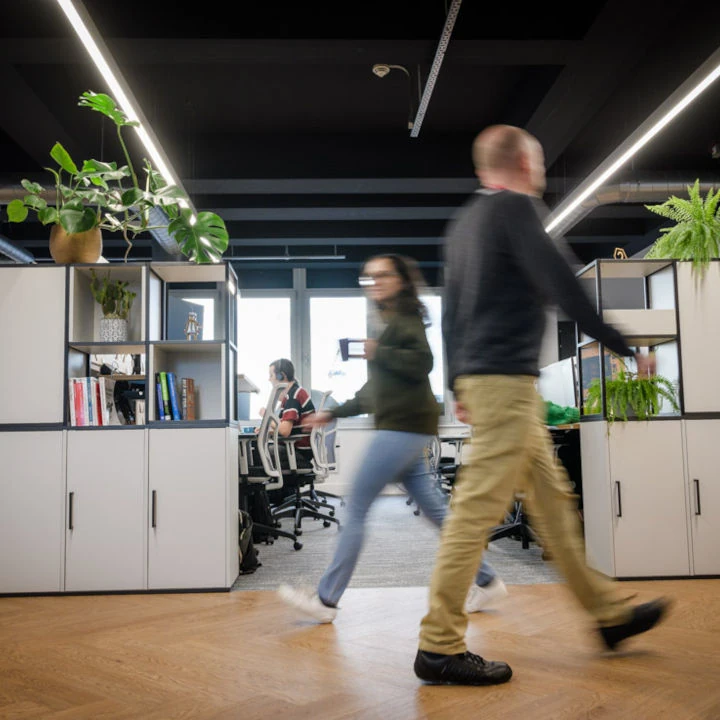How should the COO and CDO use new technology to drive innovation post Covid-19
Their operations are currently running at different levels and, of course, they can’t ‘see’ everyone to assure, for example, that improvement programmes and projects are making progress. It would be an easy option to put these initiatives on hold until better times but that could, with hindsight in the future, look like a big opportunity missed. Those that rise to the challenges will come out of this in better shape to address what will undoubtedly be a changed world. We need to consider carefully how best to continue to ‘assure’ quality, deliver real operational excellence and prepare the ground as well as we can for the future to ensure things are ‘better’ when we get back to some semblance of normality.
Organisations are now looking to transform processes, systems, technology and communications to make improvements which will have direct financial impact, as a way out of this crisis. At a time like this, the executives in those businesses will be looking for reassurance from sources they trust. It’s time for the COOs and CDOs to step up and find the new ways of working for the future.
Focus on people
As we move through the heart of the Coronavirus crisis, companies will need to help ‘knit people together’ and build bonds with the ‘emotionally vulnerable’ people to reduce their anxieties, so they can prepare well to come out of it in better shape. Even large complex companies will be badly hit and will need to see new relationships formed to get their customer and supply chains (including new ones) back together, using revised processes, people with new capabilities & behaviours, and having used ‘crisis time’ to identify the required technologies and data architectures.
This crisis more than any other is likely to lead to massive increases in and influence of data-enabled services, investment in remote operations, automation and AI, bringing forward further improvements in efficiency and productivity. Data visualisation and appropriate data analytics will be paramount in getting competitive again, in what undoubtedly will be an more data-driven world.
Keep up
There’ll be no hanging around for people and companies to catch up! Innovators will be using machine learning to further improve processes and they’ll be off and running onto the next cycle lap. It’s an ill wind that blows no good all – out of this we could see four years of ‘improvements’ at post COVID-19 rates being done by the end of 2021. We’re certainly talking ‘Industry 4.5!’
On the people side again, the rapid development of health related apps; test, track and trace technology, together with its acceptance, can revolutionise a whole array of things associated with managing employees and consumers, from transport & travel, to managing distributed working, finance and holidays, not to mention manufacturing & supply chains and infrastructure projects.
This will include control of inventory: stock piling vs JIT because of shortages experienced during COVID-19; new product creation processes incorporating ML and AI and IoT, and the use of the last three in detecting faults, defects/defectives, increasing yields and further reducing waste (time, materials and costs). Intelligent forecasting and early warning of high-risk construction and infrastructure projects will be essential to keep up and deliver huge savings compared with how projects are managed pre- COVID-19, in many cases.
In this type of situation, it is and will be far too easy to waste money on solving the wrong problems or not being clear on how to implement the solutions in this digital world. Moreover, it may be difficult to know where to start and how to extract real value from your data. This could lead to in-house teams missing/ignoring the operational opportunities.
Technology can help lead the way
Expect accelerating transformations through innovation, automation and use of data analytics, etc. For example, is complete automation possible in manufacturing where there is no human intervention? You’d better believe it – in China, they’re already there in semiconductor production with central control rooms where humans rarely go inside the ‘factory’! Social distancing? Not only between humans but between humans and machines. What do you need to cope with all this? Some very good brains on it that’s for sure, because we’ll need to be solving highly complex operational problems in new ways.
Better start thinking now!


